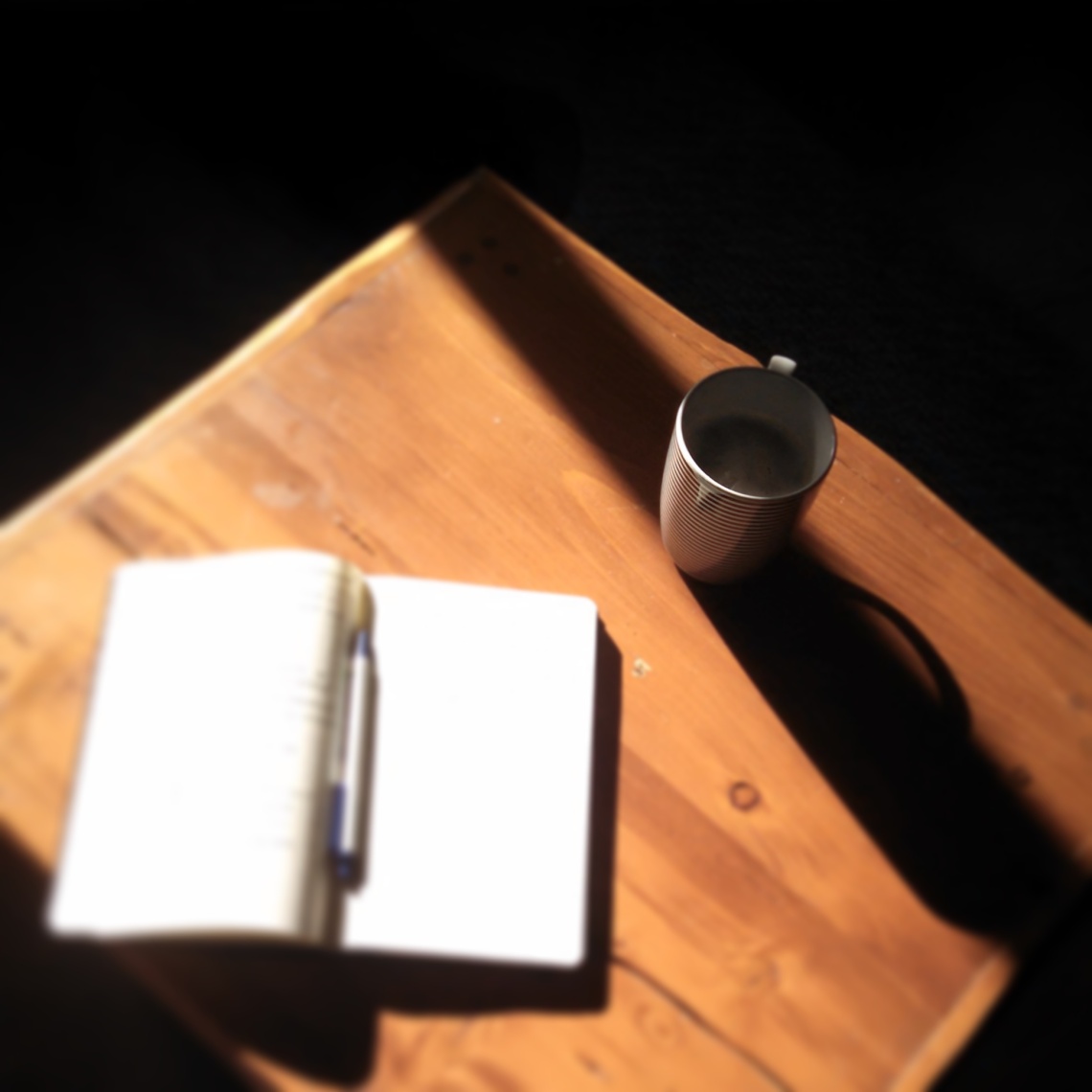
In the busyness and catching up of our day-to-day lives, it is not often that we find ourselves with downtime: unstructured time where there are no meetings to attend or groceries to pick up. In these moments of unstructured time, we ask ourselves what more we could be doing. Generally we are able to think of something. So, we find an email to send, a project to start, a house to clean, or a phone call to make.
But what is it that makes us feel the need to find something purposeful to do with that unstructured time?
In a recent editorial from the New York Times called Abundance Without Attachment, the writer Arthus C. Brooks summed up what I am getting at here well:
“Our daily lives often consist of a dogged pursuit of practically and usefulness at all costs…Countless studies show that doing things for their own sake — as opposed to things that are merely a means to achieve something else — makes for mindfulness and joy.
In one famous experiment, college students were given puzzles to solve. Some of the students were paid, and others were not. The unpaid participants tended to continue to work on the puzzle after the experiement was finished, whereas the paid participants abandoned the task as soon as the session was over. And the paid subjects reported enjoying the whole experience less.”
We generally strive to have a purpose with our extra time. When given a few extra minutes or hours, we make a plan to go on a run, to get started on that next project, or to do some re-organization of our closet.
How can we reframe this unstructured time to find a different kind of purpose in our downtime — an unintended purpose that leaves us more mindful and joyous? A purpose that we may not know or set our to accomplish beforehand, but that in the end, can really turn out to be time spent purposefully.
Now, I am not arguing that we stop being purposeful in our daily lives. Rather, I am saying that sometimes we put too much pressure on ourselves to have a defined purpose before we even start a task in our downtime.
Maybe we can start reframing the way we approach downtime. By reframing it, we may find ourselves discovering a new purpose with that time that proves to be more rejuvinating, relaxing, and refreshing. And maybe that unstructured downtime will actually look more like what downtime should.
Photo Credit: Tristan Richards

